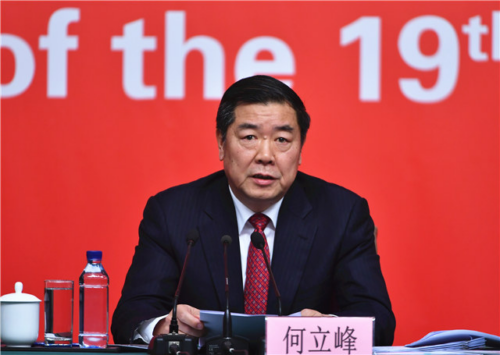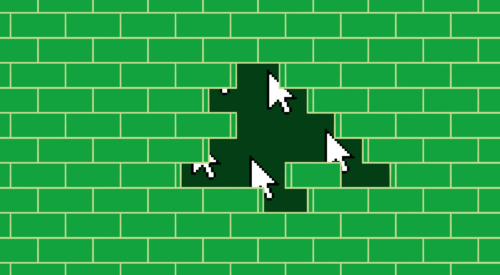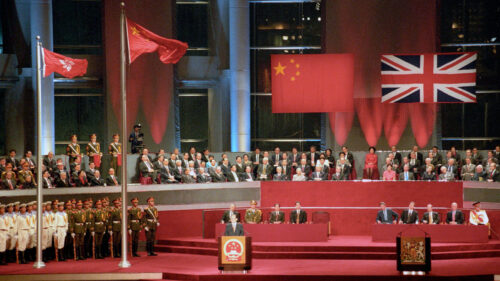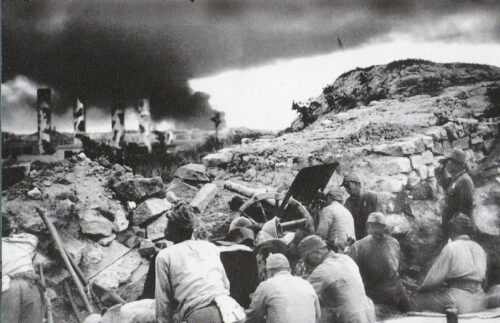This is what Chinese state disinformation looks like

Chinese state media’s videos are increasingly slick and compelling. Don’t believe them.
Last Thursday, Google announced it disabled 210 channels on YouTube “to combat coordinated influence operations” — specifically, in this case, mainland Chinese influence operations related to the ongoing protests in Hong Kong. What does an “influence operation” video look like? It is essentially propaganda, by the textbook definition of the word, and looks much like this video published by the Chinese network CGTN:
CGTN, which stands for “China Global Television Network,” is directly and entirely owned by the Chinese government. It is under the control of the Publicity Department of the Communist Party of China and part of the government’s main TV network, China Central Television (CCTV). It was not one of the channels disabled by Google, although a (Google-inserted) disclaimer appears under all of its videos on YouTube that reads, “CGTN is funded in whole or in part by the Chinese government.”
The above, published last Thursday, is titled “Who’s behind Hong Kong protests?” and has a not-insignificant number of views (more than 142,000 as of this writing). It makes a (weak) case that American operatives — specifically the CIA, via the National Endowment for Democracy and other agents, both individual and institutional — are funding and instigating the protests.
We thought it would be useful to take a closer look at the video and break down the ways that Chinese state media avoids facts, quotes various sources of information out of context, and manipulates footage in order to sustain their narrative.
But first, on purely logical grounds, the premise that any individual or institution could be behind such large-scale protests is untenable. We’re not talking about tens or even hundreds of thousands of people, and we’re not talking about something that came out of the blue or happened in one big burst. We’re talking about the sustained, collective action of millions of people from disparate tranches of society risking bodily harm in the streets in response to a specific act of their own domestic legislation. That they would undertake such action for any reason other than their own true beliefs is a pretty wild idea.
But getting down to the specifics of this particular YouTube video:
0:10: The voiceover script asks, “How did we get here?” and “What triggered them [the protests]?” but the title of the video is “Who’s behind” the Hong Kong protests? This belies not only an a priori thesis vs. an open-ended fact-finding mission, but also that the video producers are themselves confused about what they’re really trying to say due to the conflict between the headline and the body.
0:25: The video says it all started with the murder of a girl in Taiwan and the fact that the suspected perpetrator fled to Hong Kong. This is China’s narrative for the extradition law, which spurred the first citywide protest on June 9. But the murder of the girl and the extradition of the suspect has never been remotely relevant to the protesters’ concerns. The protestors did not become interested in the extradition situation until after the bill was submitted to Hong Kong’s legislative committee. So to say that the murder is “where this all began” is immediate proof that this video is made from the specific point of view of the Chinese government without any consideration of what the protestors actually care about.
1:40: The video cites a Chinese government official — specifically, Chinese Foreign Minister Wang Yi — as saying “some Western forces are using this issue.” (“Please take your dirty hands away” were Wang’s exact words.) This is the basis for CGTN’s assumption that indeed foreign forces are at work. The rest of the video is dedicated to explaining what those foreign forces are, without examining any other possible explanations.
2:02: The narrator tells us that Hong Kong has “earned” the nickname “the Asian Division of CIA.” Don’t ask us where they got this.
2:35: Here, the video begins a minute-long attack on the Washington, D.C.-based nonprofit National Endowment for Democracy (“NED”) in an attempt to draw a connection between the CIA and the Hong Kong protests. The last NED involvement in Hong Kong that the video identifies dates back to the Occupy Central movement in 2014. Naturally, there’s no mention of the fact that Trump has attempted to reduce NED’s funding by more than 60 percent since he took office.
3:49: The video turns to footage of violent protests and says foreign forces instigated the riots, but doesn’t offer any concrete examples of how they did so, other than photos that show various Americans and Hongkongers in the same room together.
4:24: In China’s view, meeting with the opposition is the same as supporting them, just like in China’s view, the fact that Amazon sells shirts with Hong Kong independence quotes on them means Amazon supports a side in that debate. It should surprise no one that U.S. consulate officials meet with opposition leaders, but they also meet with Carrie Lam and incumbent government leaders. Of course the video doesn’t say the latter.
Over the decades, has the U.S. been involved in operations to influence or sometimes subvert elections in other countries? Has it backed popular movements to overthrow regimes it doesn’t like? Have U.S. government agencies carried out operations to sow discord? Yes, absolutely, but no more so than the governments of other powerful nations are accustomed to doing in the U.S. and elsewhere.
Importantly, the evidence is vanishingly thin that the U.S. is involved in what’s happening in Hong Kong. By all accounts, Hong Kong protesters have a genuine list of grievances against their local government and Beijing; they don’t need outside help.
But this gets at Beijing’s biggest worry: that there is a significant, genuine, and growing movement for democracy and freedom in Hong Kong. What remains to be seen is how far the CCP is willing to go to mitigate this movement. Propagandistic videos on YouTube are unsurprising, and indeed just the tip of the iceberg.






